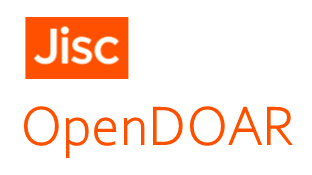Buscar
Mostrando ítems 1-10 de 43
Ponencia


Population Dynamics P Systems on CUDA
(Springer, 2012)
Population Dynamics P systems (PDP systems, in short) provide a new formal bio-inspired modeling framework, which has been successfully used by ecologists. These models are validated using software tools against actual ...
Ponencia


Matrix Representation of Spiking Neural P Systems
(Springer, 2011)
Spiking neural P systems (SN P systems, for short) are a class of distributed parallel computing devices inspired from the way neurons communicate by means of spikes. In this work, a discrete structure representation of ...
Artículo


Computation of Ramsey Numbers by P Systems with Active Membranes
(World Scientific, 2011)
Ramsey numbers deal with conditions when a combinatorial object necessarily contains some smaller given objects. It is well known that it is very difficult to obtain the values of Ramsey numbers. In this work, a theoretical ...
Artículo


Simulating a P system based efficient solution to SAT by using GPUs
(Elsevier, 2010)
P systems are inherently parallel and non-deterministic theoretical computing devices defined inside the field of Membrane Computing. Many P system simulators have been presented in this area, but they are inefficient since ...
Artículo


P systems with evolutional symport and membrane creation rules solving QSAT
(Elsevier, 2022)
P systems are computing devices based on sets of rules that dictate how they work. While some of these rules can change the objects within the system, other rules can even change the own structure, like creation rules. ...
Ponencia


An Optimal Frontier of the Efficiency of Tissue P Systems with Cell Division
(Fénix Editora, 2012)
In the framework of tissue P systems with cell division, the length of communication rules provides a frontier for the tractability of decision problems. On the one hand, the limitation on the efficiency of tissue P ...
Ponencia


Improving the Efficiency of Tissue P Systems with Cell Separation
(Fénix Editora, 2012)
Cell fission process consists of the division of a cell into two new cells such that the contents of the initial cell is distributed between the newly created cells. This process is modelled by a new kind of cell separation ...
Ponencia


Kernel P Systems: Applications and Implementations
(Springer, 2013)
This paper explores the modelling capacities of a new class of P systems, called kernel P systems (kP systems). A specific language for describing kP systems and its translation into Promela, the specification language of ...
Artículo


Foreword. Special Issue: A selection of papers from the 10th Brainstorming Week on Membrane Computing
(Taylor and Francis, 2013)
Ponencia


On Efficiency of P Systems with Symport/Antiport and Membrane Division
(Fenix Editora, 2017)
Classical membrane systems with symport/antiport rules observe the con- servation law, in the sense that they compute by changing the places of objects with respect to the membranes, and not by changing the objects ...














